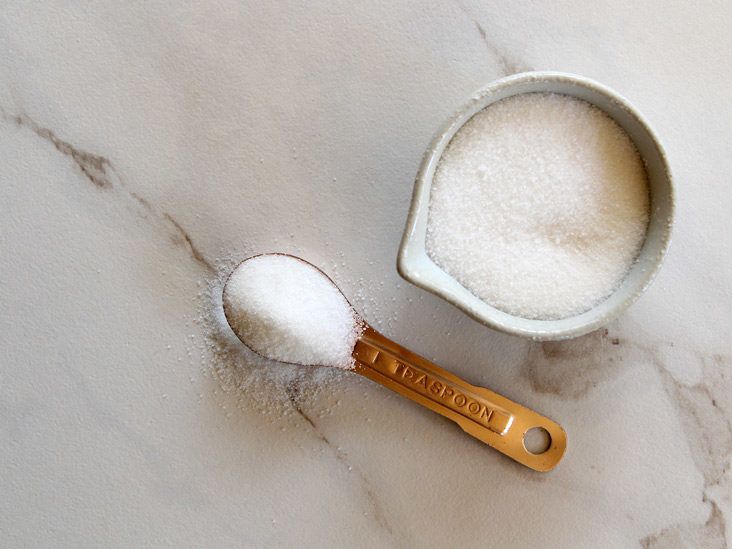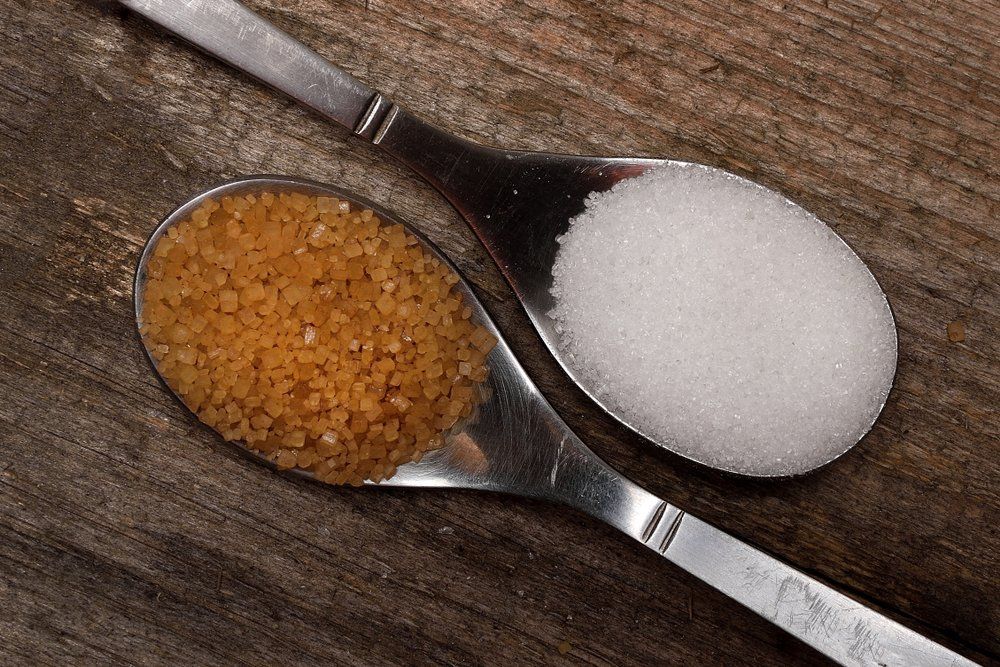Beet Sugar vs Cane Sugar: The Impact on Your Diabetes Management
Wiki Article
The Ultimate Contrast: Beet Sugar vs. Cane Sugar Explained
The comparison between beet sugar and cane sugar offers an interesting exploration of 2 primary sugar in the culinary world. While both sugars share a typical structure of sucrose, their beginnings, processing methods, and flavor accounts deviate dramatically. This difference extends beyond preference, affecting environmental impacts and dietary facets linked with their manufacturing - beet sugar vs cane sugar. As we browse through these different aspects, the ramifications for both consumers and producers become significantly evident, raising a critical inquiry: which sugar really preponderates in the complicated landscape of sweet taste?Origins of Sugar Resources
The beginnings of sugar sources are mainly rooted in two distinctive plants: the sugar beet and the sugar cane. Sugar cane, an exotic lawn native to Southeast Asia, has been cultivated for over 2,500 years.On the other hand, sugar beet is a relatively modern-day source, created in Europe during the late 18th century as a response to sugar cane lacks. The plant grows in temperate environments, making it suitable for growing in areas such as France and Germany. The successful extraction of sugar from beetss noted a considerable farming improvement, as it gave an alternative to cane sugar, specifically during periods of trade disturbance.
Both plants have played vital duties in shaping the worldwide sugar sector. Their distinctive growth atmospheres and historic contexts highlight the diversity of sugar sources, eventually affecting local agricultural practices and economic advancement.

Handling Techniques Described
Different processing methods are employed to extract sugar from both sugar beet and sugar cane, each tailored to the particular qualities of the source product. In the instance of sugar beetss, the process starts by gathering the root and then cleaning it to get rid of soil and impurities.On the other hand, sugar cane handling involves a various strategy. The clarified juice is concentrated via evaporation, similar to beet sugar handling, prior to crystallization happens. Both procedures finish in the production of raw sugar, which may go through more refining to achieve the preferred pureness and quality.
Nutritional Differences

When contrasting beet sugar and cane sugar, noteworthy dietary distinctions emerge, though they are usually subtle. Both sorts of sugar are mostly made up of sucrose, providing approximately the exact same calorie web content-- approximately 4 calories per gram. The distinctions exist in their trace mineral web content and the existence of specific compounds that may have very little nutritional implications.
Beet sugar includes small quantities of iron, calcium, and potassium, while cane sugar normally uses somewhat higher focus of these minerals. In addition, cane sugar may keep even more all-natural molasses during handling, which can add to trace amounts of anti-oxidants and other advantageous compounds. This is specifically real for less polished ranges, such as raw cane sugar.
Despite these distinctions, both beet and cane sugars are mostly made up of easy carbohydrates, with a high glycemic index, leading to comparable impacts on blood sugar degrees. Thus, while there are small nutritional distinctions, the total health influence of eating either key in small amounts stays largely equal. beet sugar vs cane sugar. Individuals looking for to reduce sugar consumption for health and wellness reasons need to think about both forms with equal analysis, concentrating on overall nutritional patterns instead of the source of sugar
Preference Profiles Contrasted
Preference profiles of beet sugar and cane sugar exhibit distinctive attributes that can affect their cooking applications. Cane sugar, typically regarded as having a more complicated, nuanced sweet taste, is acquired from the high turf of the sugar cane plant.On the other hand, beet sugar, drawn out from sugar beetss, is known for its cleaner, much more simple sweet taste. This top quality makes it specifically ideal for dishes calling for a neutral my explanation artificial sweetener that permits various other tastes to beam. Some cooking specialists say that beet sugar may leave a slightly earthy aftertaste, which can be undesirable in delicate treats.
Moreover, the assumption of sweet taste strength differs between the two, with some tasters identifying cane sugar as sweeter contrasted to beet sugar at equal dimensions. Eventually, the option between beet and cane sugar might depend upon the particular application, with each sugar offering distinct characteristics that can improve or match various dishes. Understanding these distinctions permits for educated decisions in culinary techniques.

Ecological Effect
The environmental effect of sugar production-- whether from beet or cane-- has amassed enhancing focus recently as a result of its ramifications for sustainability and ecological wellness. Both sugar resources show distinctive environmental impacts, influenced by farming practices, land use, and source intake.Cane sugar production usually necessitates big locations of tropical land, which can result in logging and loss of biodiversity. In addition, the cultivation of sugarcane is often linked with high water usage and considerable chemical and plant food application, adding to soil deterioration and water air pollution.
Conversely, beet sugar is mainly expanded in temperate regions, commonly requiring less water and land. Nevertheless, its farming can still entail using chemical inputs, affecting regional ecosystems. Furthermore, the energy-intensive processing of beet sugar can add to greenhouse gas exhausts.
Lasting click this farming techniques and advancements in technology are vital for alleviating the ecological influences of sugar production. Organic farming methods, integrated insect monitoring, and reliable water use can boost the sustainability of both beet and cane sugar sectors, inevitably leading to a reduced ecological footprint and a healthier planet.
Conclusion
In recap, the contrast in between beet sugar and cane sugar highlights both resemblances and distinctions that influence their application. While both types of sugar share a key structure of sucrose, their flavor profiles, refining approaches, and ecological effects differ significantly. Cane sugar is defined by its complicated sweetness, while beet sugar provides a much more straightforward preference. Eventually, the option between these 2 sugars need to be led by certain culinary demands and environmental considerations, permitting educated decision-making.
The origins of sugar resources are mainly rooted in 2 unique plants: the sugar beet and the sugar cane.Different processing approaches are used to draw out sugar from both sugar beet and sugar cane, each tailored to the certain characteristics of the resource material.Beet sugar consists of little amounts of iron, calcium, and potassium, while cane sugar normally offers somewhat greater concentrations of these minerals.In spite of these distinctions, click here now both beet and cane sugars are predominantly composed of simple carbs, with a high glycemic index, leading to similar effects on blood sugar degrees. Cane sugar, typically perceived as having an extra intricate, nuanced sweetness, is obtained from the tall yard of the sugar cane plant.
Report this wiki page